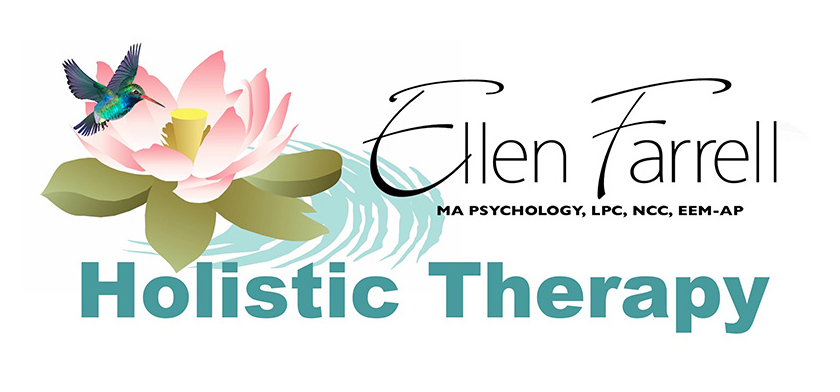Yoga For Athletes
By Ellen Farrell, MA, NCC, LPC, EEM-AP
I’ve heard about yoga for athletes – what is that?
Yoga (postures) provides static and dynamic stretching – a perfect warm up, and a builder of strength, flexibility, and quicker recovery time.
Regular practice “increases flexibility and range of motion while relieving muscle tension.”
While intense, aggressive workouts can over-bulk and strain the body, yoga postures aid in the removal of lactic acid, which leads to
“increased blood flow to the brain, liver, and other organs.”
The result is increased energy due to glucose oxidation – rather than exhaustion and depletion.
In addition, the principles – “ethical underpinnings”, meditation and breath work inherent in yoga, stress the importance of connection to slow, conscious breathing, and increased awareness, which improves athletic performance – and raises the levels of focus and concentration.
This is especially relevant, as athletes tend to have greater psychological pressures, which may inhibit them from doing their best.
Depending on the style of yoga postures studied (Hatha, Yin, Anusara, Iyengar, Bikram, Jivamukti, Kripalu, etc.), as it is taught today, meditation and an application of the principles in the teaching of poses may be included – or it may not.
However, meditation and breath work is highly recommended as it is a key component of Yoga, and (when included) can reduce performance anxiety, and improve focus.
Ultimately, research has found that with continued practice, lower brain functioning improves, which leads to better functioning overall –
“emotional equilibrium and control are established”, and
“the brain registers relaxation and reduces tension.”
Yoga allows the athlete in us all to raise awareness – and to be present in the moment, as well as increasing strength, flexibility, and enjoyment levels during performance.
Life is one big performance… stay healthy for it!
Printed originally in the SCAD Chronicle 2006, under the heading, HEALTH GURU written by Wellness Specialist Counselor, Ellen Farrell who coordinated wellness and lifestyle management services. Updated in 2016.
Bibliography
1. Sports Medicine, Yoga for Athletes
http://www.evolutionhealth.com/flextasy/release.htm
2. Stretching Principles and Guidelines
https://www.verywellfit.com/benefits-of-stretching-3436424
3. Yoga Therapy and Chiropractic for Peak Athletic Performance Training, Dynamic Chiropractic, August 6, 2000, Vol. 18, Issue 17
http://www.chiroweb.com/archives/18/17/17.html


